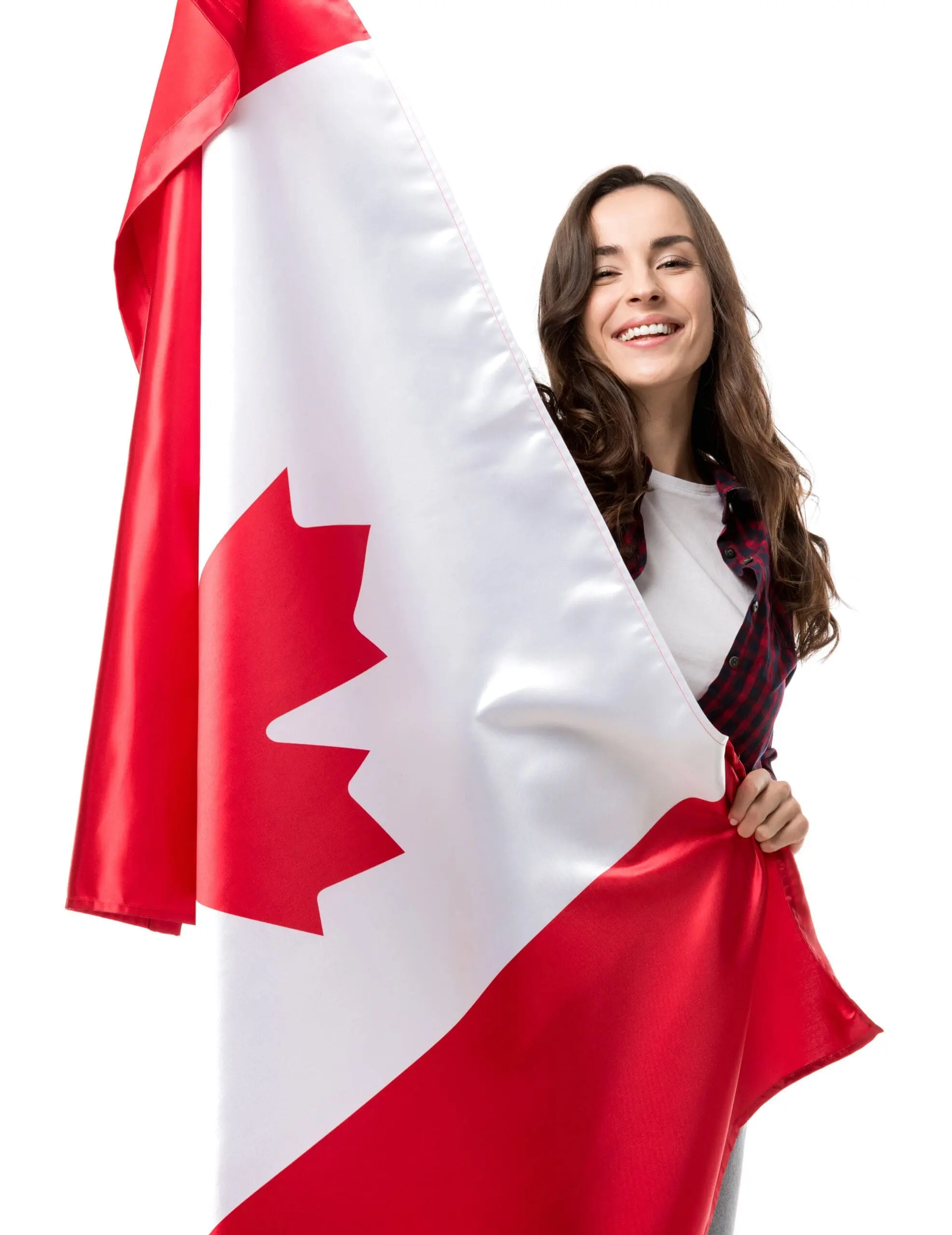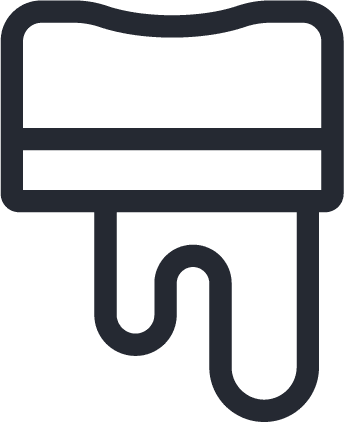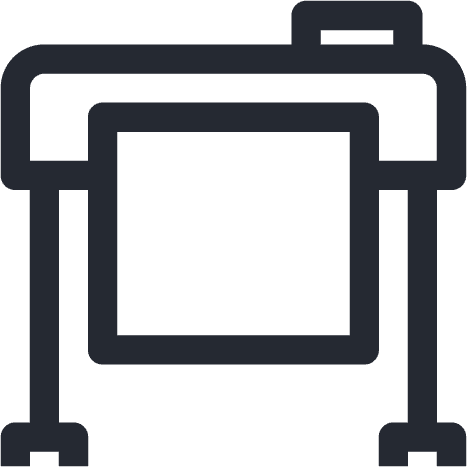
About us
Founded in 1995, L’Étendard has become Canada’s leading manufacturer and supplier of flags and banners. Our specialty: high-quality nylon printing.
Equipped with cutting-edge production tools, we meet even the most demanding requirements, whether in size, volume, or finishing. Constantly looking for innovative solutions, we use advanced technologies to deliver products that meet the industry’s highest standards.
Located in Québec City, our 17,000 sq. ft. facility is home to over 24 skilled employees who combine creativity, technical expertise, and craftsmanship.
Vibrant colours. Long-lasting quality. Dedicated service. Etendard delivers excellence at every step.

Screen printing
Screen printing is a printing technique in which a layer of ink is applied to textiles through the mesh of a screen or stencil.
Advantage: best method for long-run production in solid color.

Digital printing
Digital printing involves printing on fabric from a set of computer data. Transmitted in a continuous flow, this data circulates directly from the computer to the printer.
Advantage: best for small prints or complex visuals.

Sublimation
Textile sublimation is a thermal ink transfer technique on polyester fabric. Using a digital printer, the logo is reproduced on transfer paper. With the aid of a press and the effect of heat and pressure, the ink gasifies and penetrates the polyester fabric.
Advantage: Allows images of all kinds to be printed precisely and brilliantly, with no color limitations.
Fabrics for printing
Nylon
70 Deniers
- Indoor or outdoor use
- This nylon is very light and floats easily in the slightest wind.
- Excellent colorant penetration, mirror effect on back
Nylon
210 Deniers
- Indoor or outdoor use
- This nylon is highly weather-resistant and offers the highest level of toughness.
- Excellent colorant penetration, mirror effect on back
Polyester
Knitwear 110g/m2
- Indoor or outdoor use
- This polyester is lightweight and durable
- Excellent colorant penetration, mirror effect on back
Polysatin
- Indoor use
- Silky, shiny fabric
- Visible from one side only
- Fireproof
Polytente
- Indoor or outdoor use
- Waterproof fabric
- Visible from one side only
- Fireproof
Polynappe
- Indoor use
- Silky fabric
- Visible from one side only
- Fireproof
- Machine washable
Even more options
Finishing flags and banners
Finishing can be done in a variety of ways, depending on how you intend to use the elements. Here are some examples:
- Rope and toggle
- Grommets with reinforced header
- inglefield clips
- Sleeve
- Rope magnifier
- Reinforced Grommets for anti-wrap rod
- Reinforced eyelet with clear vinyl
Sewing
We use ultraviolet-resistant polyester yarn.
Sewing type :
- Edge stitching with 2 needles
- Sewing on the flap with 4 needles
- Sewing with 1 needle for indoor use
- Heat-cut for indoor use
